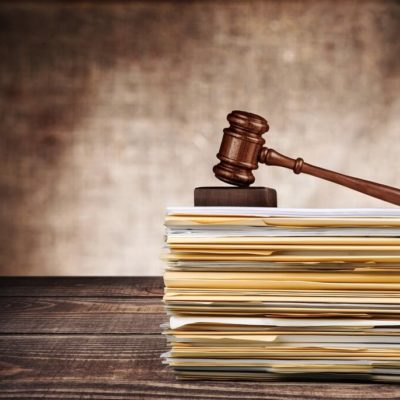
Remote Document Witnessing in NSW amid COVID-19 Pandemic
Various types of legal documents in Australia must be signed by a party in person before a witness. Such a requirement poses public health risks amid the COVID-19 pandemic as parties and witnesses such as legal practitioners have to travel to workplaces to proceed with the signing and witnessing, which expose them to the risk of infection.
In response, New South Wales recently introduced amendments to the Electronic Transactions Regulation 2017 (NSW) (‘the Regulation’) to allow the signing and witnessing of documents through audio visual link from 22 April 2020. The Regulation will be in force for 6 months unless otherwise resolved by the state Parliament. In this article, we will give you a brief outline of such an arrangement.
Technical Requirement for audio visual link
The link technology used by the signatories and witnesses at different places must meet the following criteria:
- the technology enables both audio and visual communication between the parties; and
- the communication must be continuous and contemporaneous.
Where audio visual link can be used
Where a document must be signed in the presence of a signatory, witness or other person, the person can be present by audio visual link. Particular circumstances where audio visual link can be used include:
- signing a document in the presence of a witness
- attesting a signature
- certifying matters required by law
- seeing the face of the signatory
- confirming or verifying the identity of the signatory
- swearing or affirming the contents of an affidavit
What document can be witnessed by audio visual lin
Documents that can be witnessed by audio visual link under the Regulation include:
- Deeds or agreements
- Wills
- Powers of attorney
- Enduring powers of attorney
- Enduring guardianship appointments
- Statutory declarations
- Affidavits (including its annexures or exhibits)
How audio-visual link witnessing works
Step 1:
A signatory and a witness meet by audio visual link such as video conference.
Step 2:
The signatory signs the document, with the witness observing the signatory sign the document in real time.
Step 3:
The witness confirms the witnessing of the signature. For the way of confirmation, two examples are specified in the Regulation:
- Signing a counterpart – after the witnessing the signing, the witness signs a counterpart of the document as soon as practicable.
- Countersigning – as soon as practicable after the witnessing of the signing, the signatory scans and sends a copy of the signed document to the witness electronically, and the witness countersigns that document.
The witness must be reasonably satisfied that the document signed by the signatory is the same document as that signed by the witness.
Step 4:
The witness endorses the signed document with a statement which specifies the method of witnessing and that the document was witnessed in accordance with clause 2 of Schedule 1 to the Electronic Transactions Regulation 2017.
Please contact our firm for advice specific to your circumstances.
Disclaimer: This publication is general information only and does not purport to provide legal advice. We do not accept responsibility for any losses for reliance upon this publication.
